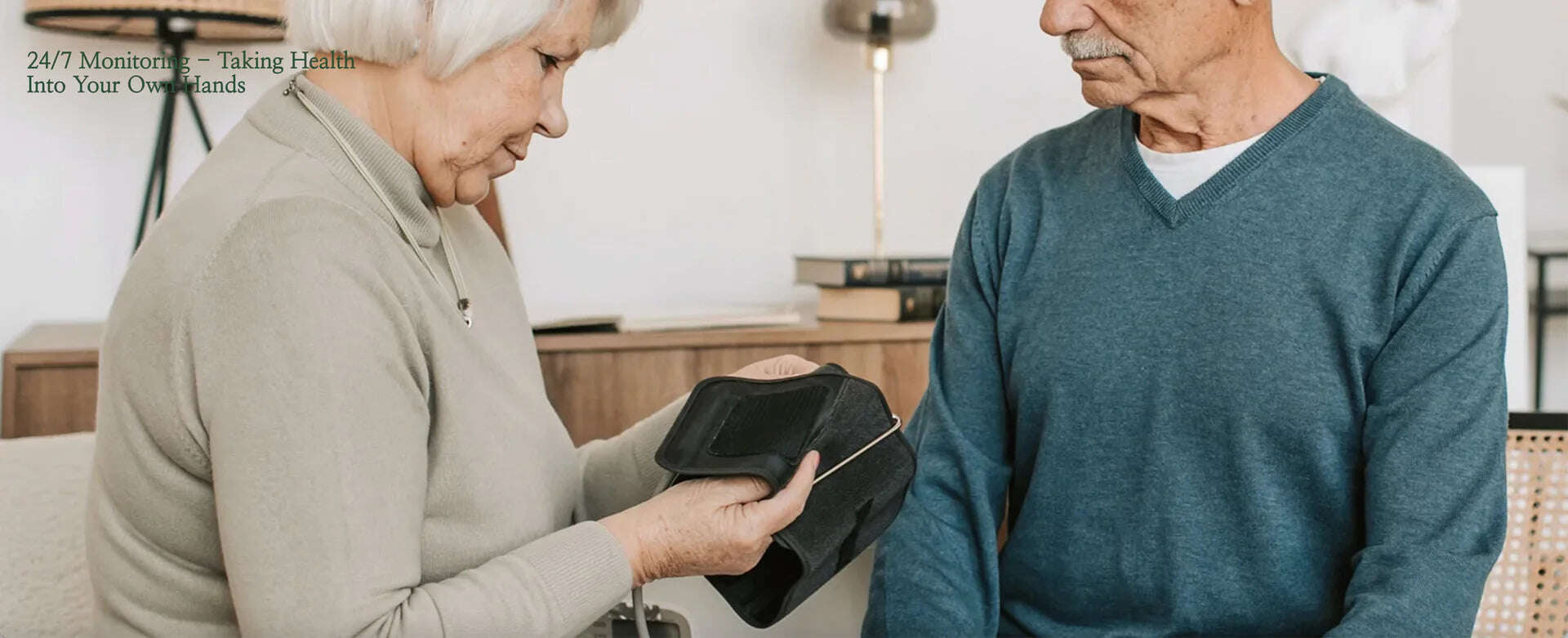Remote patient monitoring (RPM) is a growing trend in the healthcare industry that allows doctors to remotely monitor the vital signs and medical data of their patients. RPM can be done through a variety of different technologies, including wearable devices, mobile apps, and smart devices that are placed in the patient's home.
There are several reasons why doctors need RPM:
-
Improved patient outcomes: RPM allows doctors to continuously monitor their patients and identify any potential issues early on. This can help prevent serious health complications and improve patient outcomes.
-
Enhanced patient engagement: RPM can help improve patient engagement by providing patients with the tools and resources they need to better manage their own health. For example, patients can use wearable devices to track their daily activity levels, sleep patterns, and other health metrics.
-
Increased efficiency: RPM can help doctors save time and resources by allowing them to monitor their patients remotely rather than requiring in-office visits. This can free up time and resources that can be used to treat more patients.
-
Reduced healthcare costs: RPM can help reduce healthcare costs by reducing the need for hospital visits and other in-person medical appointments. This can save both patients and healthcare providers money.
In conclusion, RPM is a valuable tool for doctors that can help improve patient outcomes, enhance patient engagement, increase efficiency, and reduce healthcare costs. As such, it is an important technology for doctors to consider implementing in their practice.


